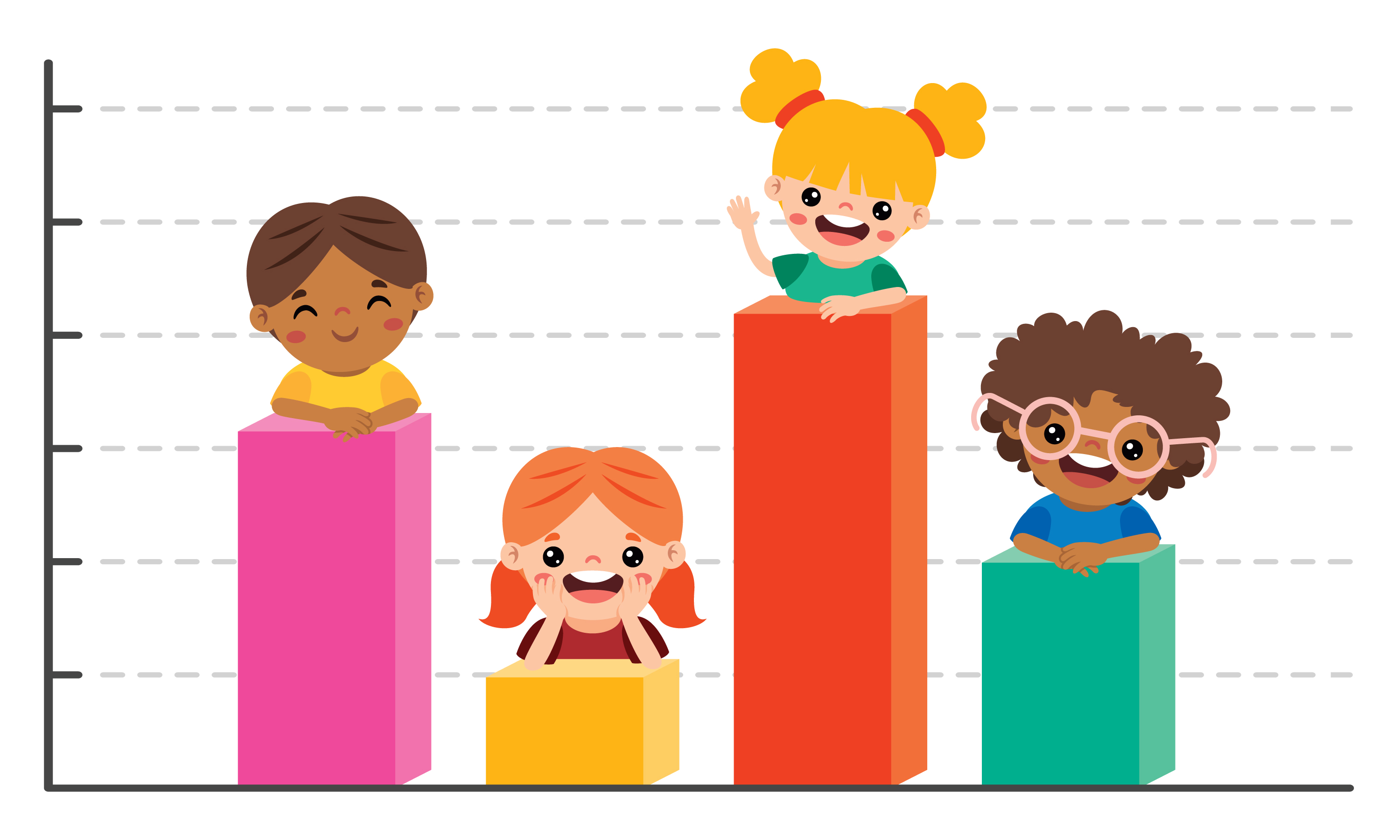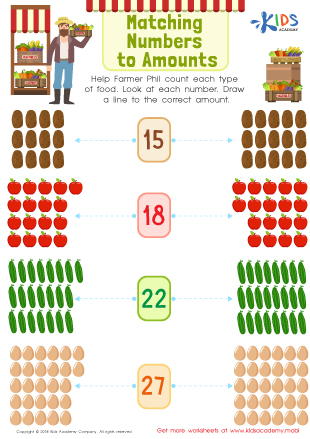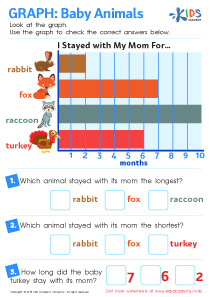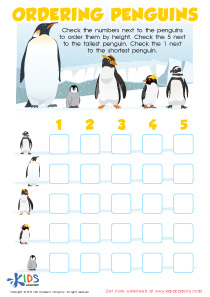Understanding subtraction Normal Grade 1 Addition & Subtraction Worksheets
5 filtered results
-
From - To
Unlock the mysteries of subtraction with our engaging Normal Grade 1 worksheets! Designed to provide young learners with a solid understanding of subtraction concepts, these worksheets make math fun and interactive. Featuring colorful illustrations and relatable examples, children will practice essential skills like simple subtraction equations, word problems, and visual aids to enhance comprehension. Perfect for classroom use or at-home learning, our resources cater to different learning styles, ensuring every child can succeed. Help your first grader build confidence in math while developing critical thinking skills with our comprehensive subtraction worksheets. Start exploring the world of subtraction today!
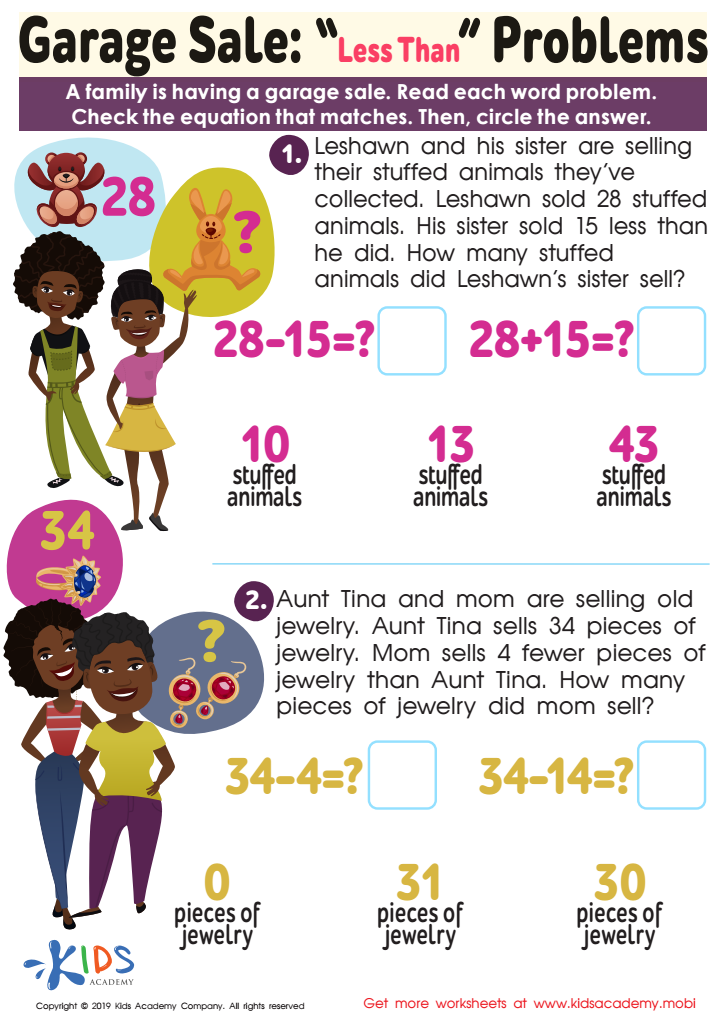

Garage Sale Less Than Worksheet
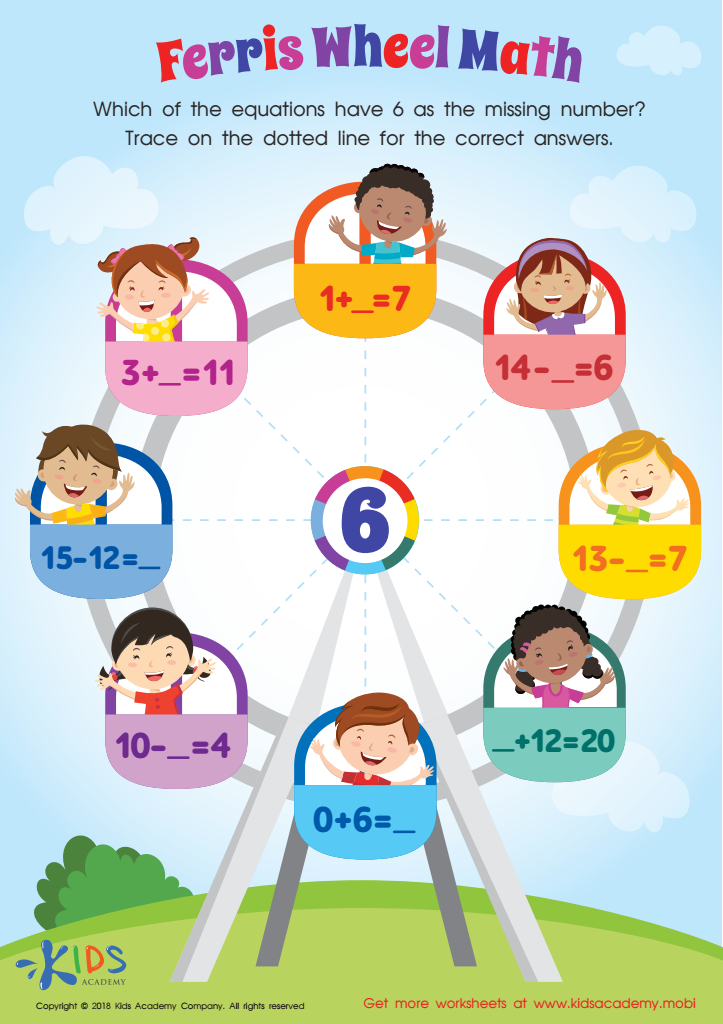

Missing Number: Ferris Wheel Math Worksheet


Matching Subtraction Equations To Base 10 Models Worksheet
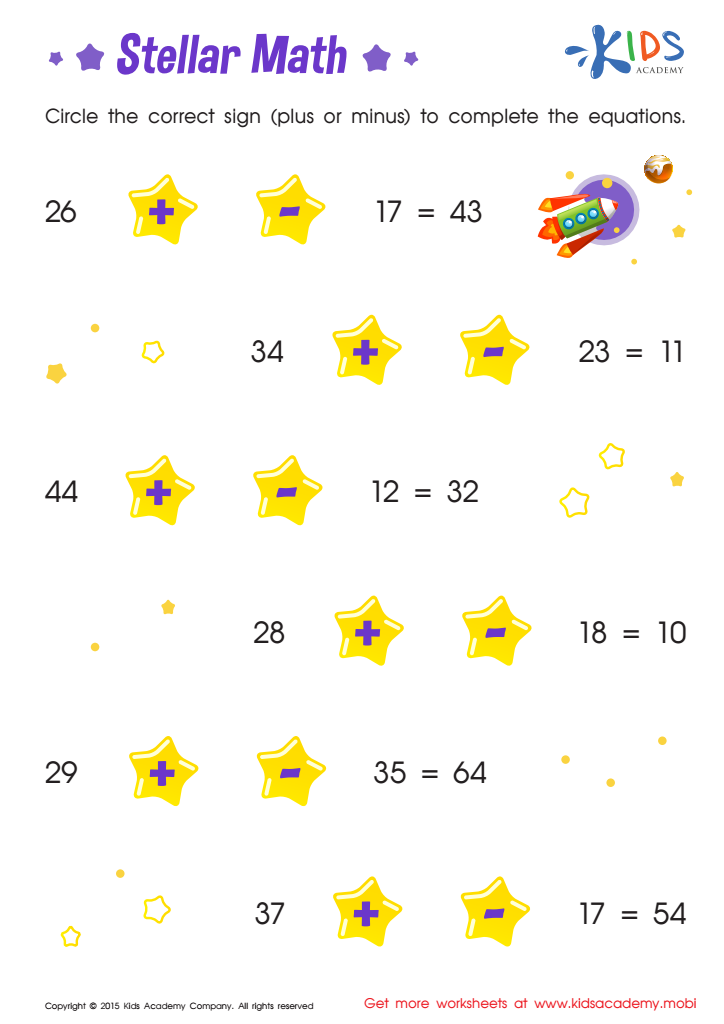

Stellar Math Substraction Worksheet


What Equation Is That? Worksheet
Understanding subtraction is essential for Grade 1 students as it forms the foundation for future mathematical concepts and problem-solving skills. Early mastery of subtraction helps children develop number sense, allowing them to comprehend how numbers relate to one another, which is crucial for later arithmetic, such as multiplication and division.
For parents and teachers, fostering a solid understanding of subtraction promotes confidence in young learners. When children grasp the concept of subtraction, they learn to approach larger mathematics problems with flexibility and creativity, reducing math anxiety and building a positive attitude toward learning.
Furthermore, subtraction skills are not only critical for academic success but are also applicable in real-life situations, such as budgeting and measuring. Parents and teachers can reinforce these skills through everyday activities, making learning contextual and relevant.
Moreover, collaboration between parents and teachers ensures that this foundational skill is consistently reinforced, creating a supportive environment for children to thrive. A strong foundation in subtraction not only enhances academic performance but also empowers students to become critical thinkers, problem solvers, and confident individuals capable of tackling more complex math challenges in the years to come.
 Assign to My Students
Assign to My Students


